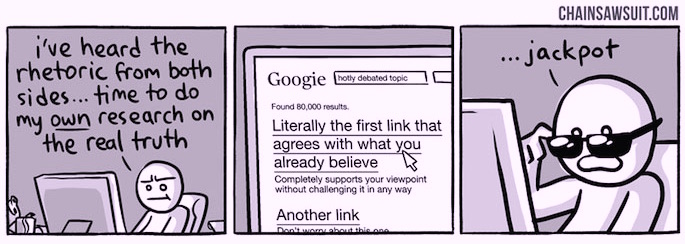 |
| Gaelscoileanna in Ireland |
That there is a certain misunderstanding, not to say hostility, to Gaelscoileanna is clear from reading certain newspaper columnists. Nevertheless they have grown steadily since the sixties and seventies not always with the blessing of the Department of Education. Indeed sometimes with their strong discouragement. They have, I think it may be said, in all cases sprung from the desire of Parents rather than from any desire of the Government - of whatever complexion! Could their attitude be described as "Apartheid?"
The fact that many primary schools were "de facto" Gaelscoileanna up to the fifties tells it own story on Government encouragement. Because of lack of support, such as the lack of text books and lack of staff in the Department unable to transact business in any language other than English. Thus by the early sixties there were only one or two real Gaelscoileanna left. "Apartheid?"
Struggle
Parents in various locations fought long, hard, dispiriting battles with the Department of Education before in many cases, after years of struggle managed to wring approval from a reluctant Department. My personal recollection is of the struggle to establish the school in Ballymun and how it did not grow from the work of the "Gaeilgeoir Establishment," but from "ordinary" parents in the tower blocks of Ballymun. Their school is a monument to their endurance as well as their idealism. Not my understanding of the term "Apartheid!"
Letters
There were two letters published following the article in the Irish Times. (Gaelscoileanna 'apartheid' 25/10/2012). Today, the following letter has appeared from the Acting CEO of Gaelscoileanna, the national, voluntary organisation supporting the development of Irish-medium schools at primary and at post-primary level. Its stated aim is "to establish and sustain a high standard of Irish-medium education throughout the country as well as to develop and strengthen the Irish speaking community and culture"
Here is the text of her letter:
A chara,
The “To Be Honest” column by a parent (Education Today, October 23rd) was such a misrepresentation of Irish-medium schools that it cannot be allowed to go unchallenged. Its publication in the Education section of The Irish Times lends it an authority that is very damaging to the public perception of Irish-medium schools.
Irish-medium schools are united by their language ethos, but as diverse as any other arbitrary grouping of schools in every other way. A gaelscoil may operate under any patron body and may be denominational or not. Gaelscoileanna exist in every county in Ireland including Northern Ireland and they serve populations as diverse as their geographical locations; small towns, socially disadvantaged suburbs, rural communities, city centres or a “middle-class area of South Dublin” – wherever the local community has campaigned for a gaelscoil to be established.
Irish-medium schools are open to all pupils regardless of their linguistic and social background or their level of ability. They are as willing and well-equipped as any English-medium school to cater for all pupils’ educational needs. Communicating this to parents is made difficult when opinion pieces such as the aforementioned are published without information of substance on what an Irish-medium school is and how school enrolment policies work.
Parents and patrons alike have been calling for plurality and diversity in our education system for years. To have an inflammatory and misleading opinion piece about schools of a particular ethos published in the paper of record at a time when the Department of Education and Skills has committed to providing for parental choice in the form of the surveys on diversity of patronage runs counter to everything the education community has been working towards.
The column did not recognise that many Irish-medium schools face considerable challenges. More than a third of Irish-medium schools are without a permanent school building; 39 per cent of primary and 36 per cent of post-primary Irish-medium schools. Ten per cent of Irish-medium schools are recognised as DEIS schools by the Department of Education Skills and are focused on addressing and prioritising the educational needs of young people from disadvantaged communities. That the demand for new gaelscoileanna remains high in spite of the difficulties the established schools often face speaks volumes about how parents have faith in the immersion-education model and community-led education.
While it’s true that most of the parents who choose Irish-medium education for their children do not speak Irish themselves, it does a great disservice to the parents of the 45,000 children who are attending Irish-medium schools at present to assume that their decision to enrol their child in a gaelscoil was made for elitist reasons. It does an even greater disservice to those parents who have chosen Irish-medium education for their children despite having neither Irish nor English as a first language, parents who appreciate that their children will start school on an even footing with other pupils who will also be learning through a language that is new to most of them, in a school where linguistic diversity is truly valued.
The story of how Irish-medium schools have grown and are flourishing is one rooted in community spirit and a sense of common purpose and the schools deserve to be celebrated for all they have achieved.
Is mise,
NÓRA Ní LOINGSIGH,
Acting CEO,
GAELSCOILEANNA TEO,
Institiúid Oideachais Marino,
Ascaill Uí Ghríofa,
Baile Átha Cliath 9.












